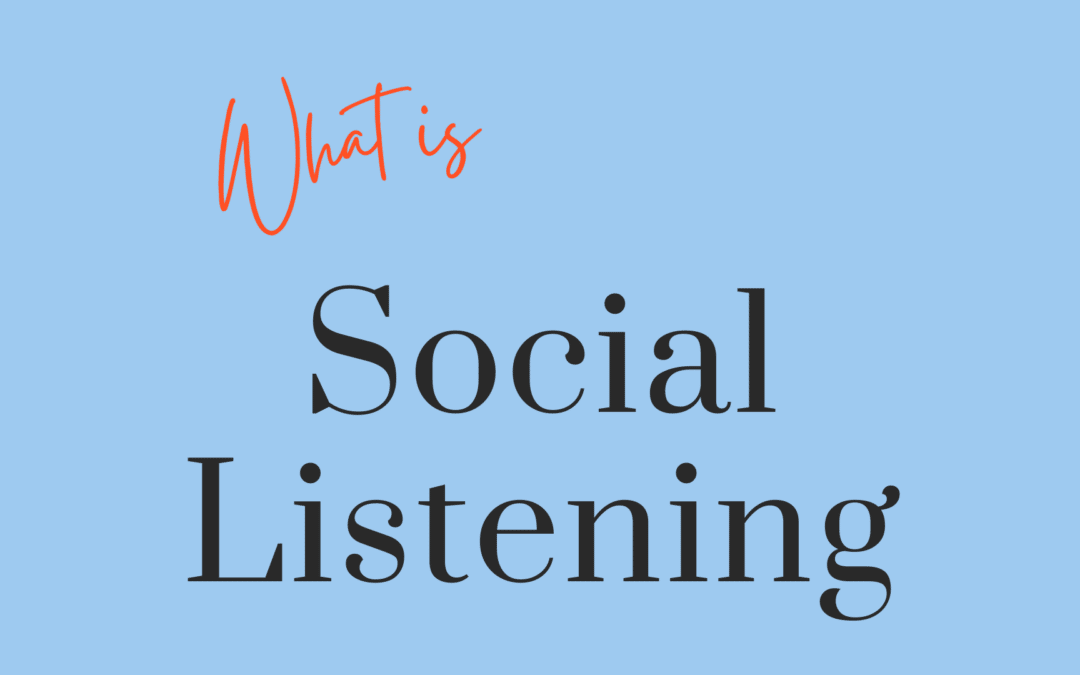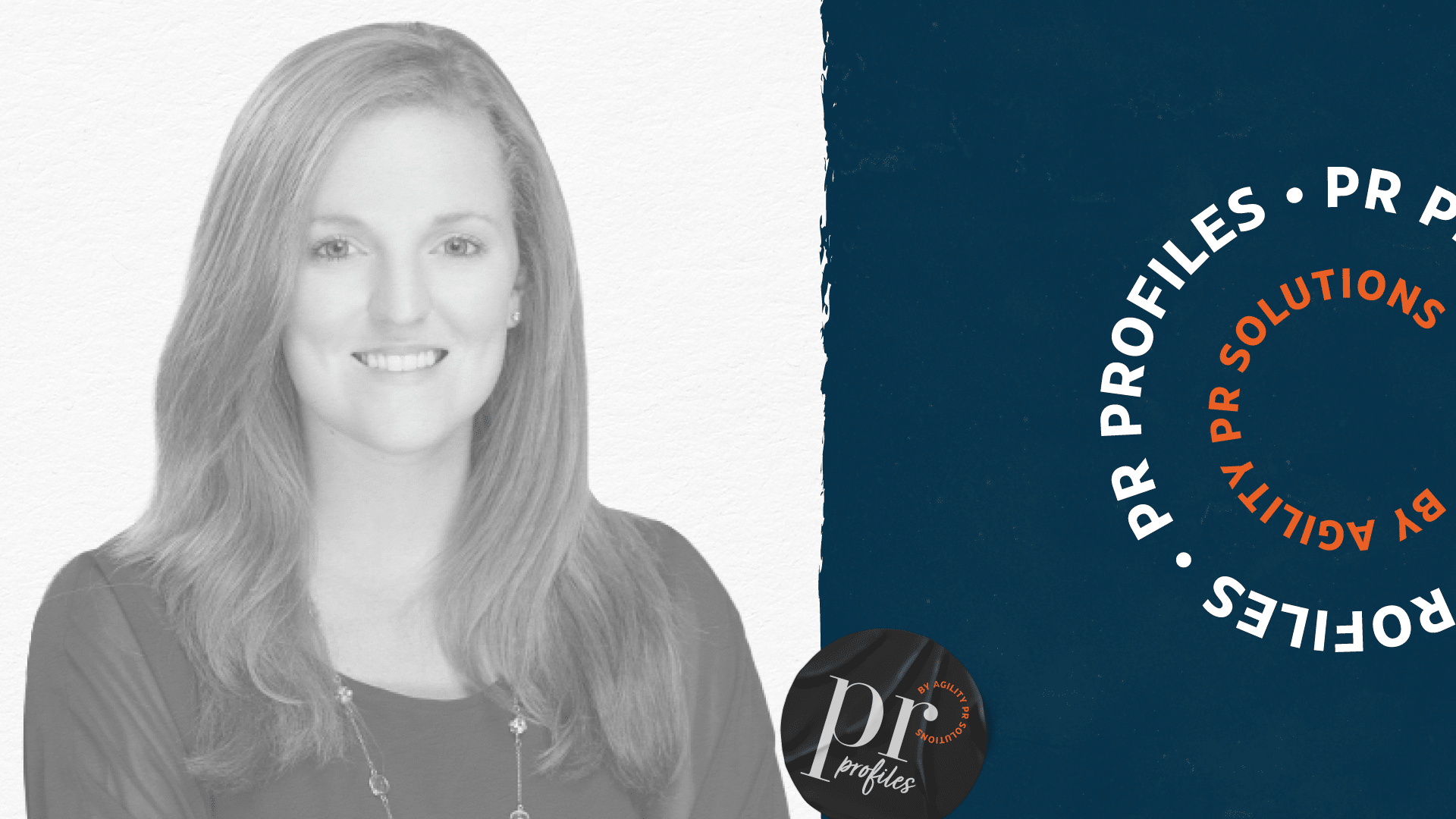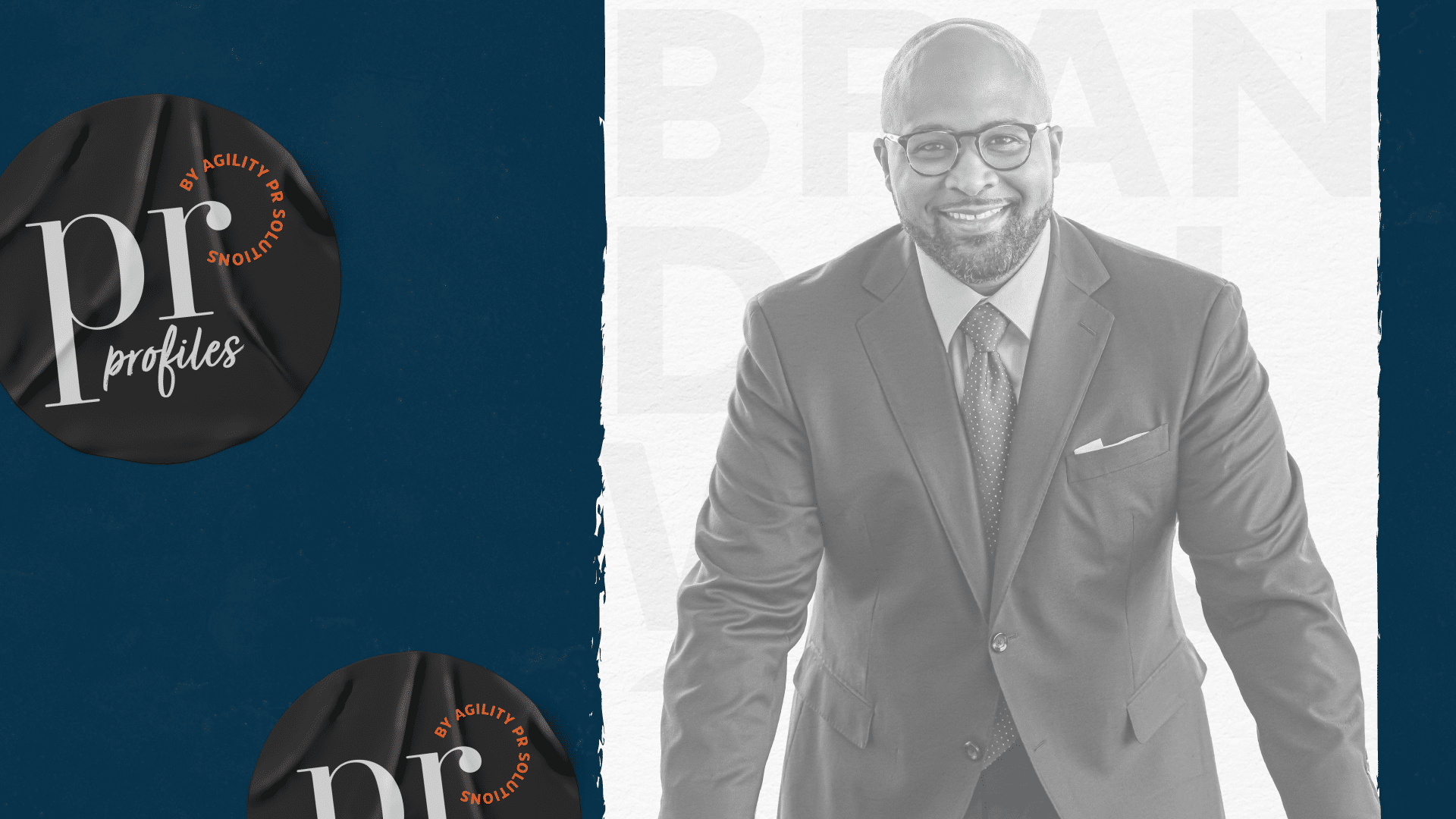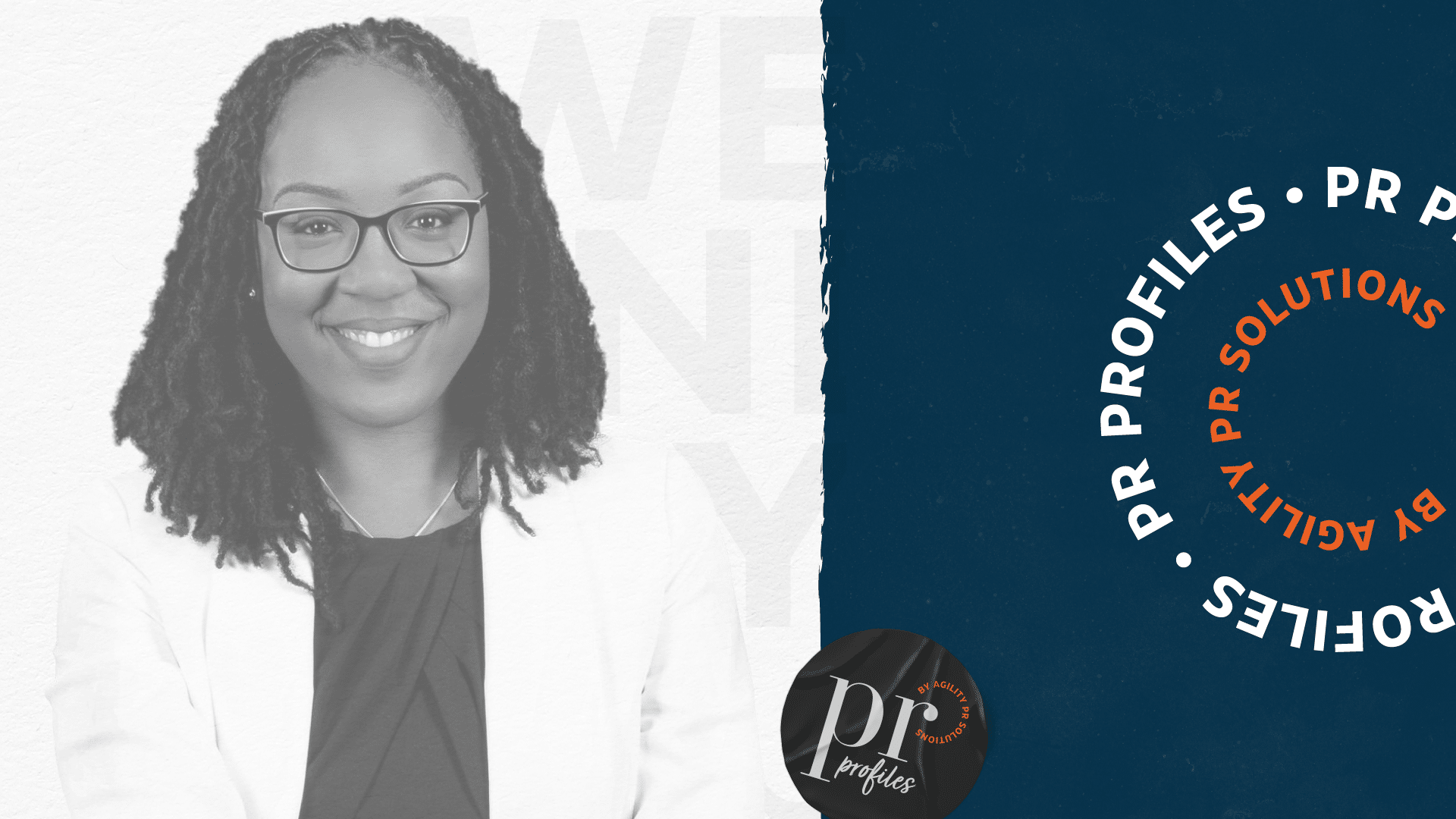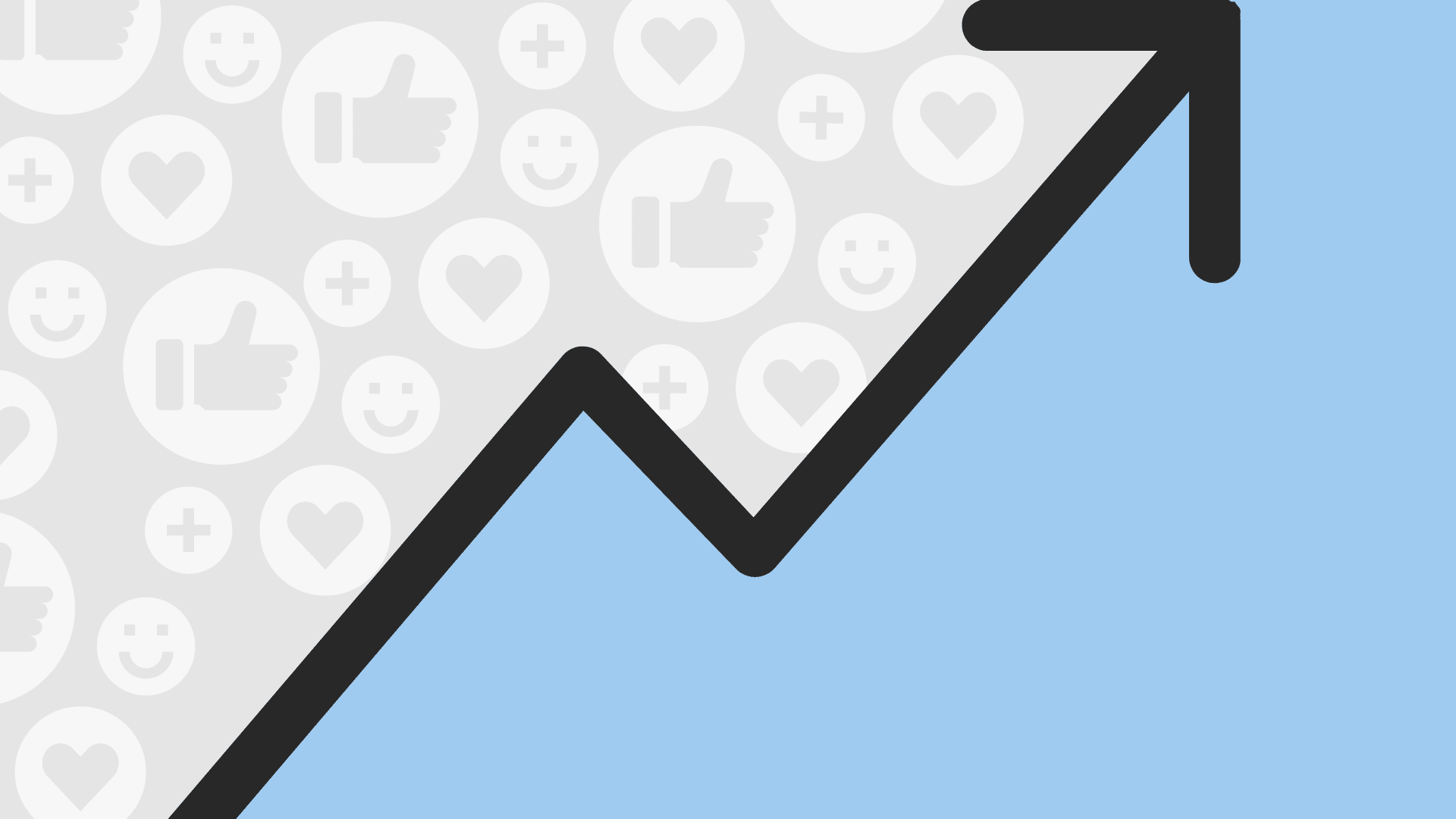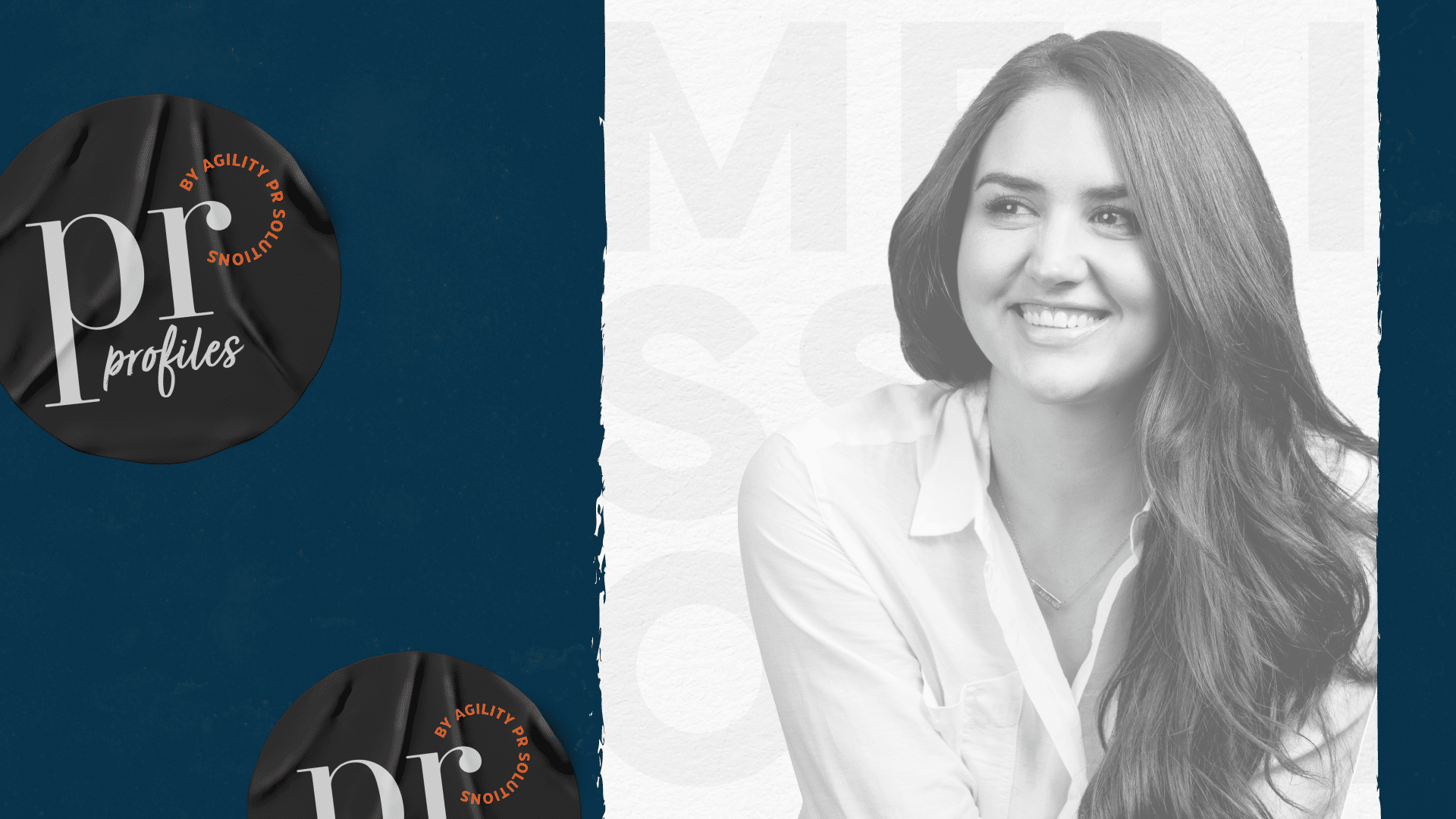Looking for a solution that will help you sift through the billions of daily social media conversations so you can better understand your customers and stay ahead of industry trends? Social listening is arguably one of the most valuable tools for PR professionals in 2023, and we’re here to tell you why.
While media monitoring looks at traditional media coverage, social listening monitors and analyzes data retrieved from social media. This intel can be invaluable to organizations who use it to make countless business improvements. Keep reading to learn more or jump right into our social listening guide.
What is social listening
Social listening is the process of using software to scan social media platforms for mentions of your brand, competitors, and specific handles, hashtags, and keywords. One of the primary goals of social listening is to find potential insights significant to your business’s success. These could be the opinions of customers, industry influencers, and the general sentiment about a particular industry, policy, topic, company, campaign, or event.
Using social listening, organizations can collect and analyze data from popular social media platforms. This information is then put to work, informing digital marketing strategies, improving customer service initiatives, and even inspiring product development.
Why does social media matter
Social media allows us to connect—and not just to our friends and family, but to influencers, digital communities, and brands. Aside from killing time and connecting with the people we already know, we use social media to read news, look for interesting content, see what and who is being talked about, and search for things to do and products to buy.
Social media is one of the best channels for brands to connect with their audience. Social listening is the first step towards empowering these connections, helping brands find conversations they can become a part of.
Social listening advantages
Discovering what your customers are saying about you can help inform many aspects of your business.
Making sure you are monitoring your brand on social media is important to capture the conversations that matter. It is important for you to be able to easily identify the social media influencers and posts most likely to impact your company—whether positively or negatively—so you can take any necessary action.
Social listening is an important part of any PR strategy because it’s a way to gauge the overall sentiment of your brand, product, or service. It also helps you see what people are saying about your competitors so that you can stay on top of trends in your industry.
Social listening puts social media to work for you by uncovering business-critical insights with data visualization, dashboards, and reporting. This allows you to easily understand trends, engagement, and sentiment, and demonstrate value of PR and communications to the c-suite.
Social listening metrics
Sentiment
- Sentiment falls into three categories: negative, neutral, and positive.
- Sentiment contextualizes conversations and engagement.
- High engagement is fantastic until you realize that 90% of the posts are negative or the comments are malicious, and then suddenly, it’s a whole different story.
Engagement
- These are the metrics you’re familiar with—likes, shares, comments, etc. Alone, they may appear to be just vanity metrics, but when used to illuminate the conversations that are resonating with audiences, they act as signposts, signaling for greater exploration.
- They can also show you if people are passively engaging (likes, retweets) or actively engaging (leaving comments, quote tweets).
Trends Analysis
- Trends allow you to step back and see the big picture before diving into the nitty gritty.
- Discover how engagement and sentiment compare to previous periods.
- Explore the causes of any outliers. Compare platform results.
Complementing media monitoring with social listening
Social listening should be seen as a supplement to traditional media monitoring, not a replacement—and vice versa. Some media monitoring platforms provide you with social data, but social listening provides you with actionable insights thanks to sentiment, engagement, and trends analysis in relation to your customer’s feedback.
Effectively using social listening
To ensure your team is set up for success, you can create alerts across a social media that will keep you aware of instances where your brand is being talked about (either directly or indirectly). Include your brand’s handle and hashtags. Also, account for common misspellings, nicknames, flagship products, and industry-adjacent terms.
By receiving these alerts, your PR team will be better able to block and tackle on your brand’s behalf, on traditional and social media.
Start benefitting from social listening
One main benefit of social listening that many businesses have come to realize is that it focuses on customers. Social listening provides the ability to pick up on complaints and issues in real-time. This improves customer satisfaction and increases loyalty. Setting a story straight, preparing a new campaign, answering FAQs, routing messages to different departments—there are many uses for social listening.
Want to learn more? Check out our free social listening webinar featuring our media intelligence experts Jordan Kelly, Sales Enablement and Product Management Director, and Abbie Woodward, Senior Sales Manager.
In this webinar, Jordan and Abbie teach you to:
- See the big picture with sentiment, engagement, and trends analysis or take a deep dive into individual posts to find out what’s driving conversations.
- Discover important topics with intuitive and powerful search capabilities.
- Monitor product lines, initiatives, campaigns, departments, competitors, influencers, and brand handles with ease.
- Compare results against previous periods and across platforms for timely takeaways and proactive communications and marketing.
Interested in chatting with someone about how you can get started with social listening? Book a demo with us today.

